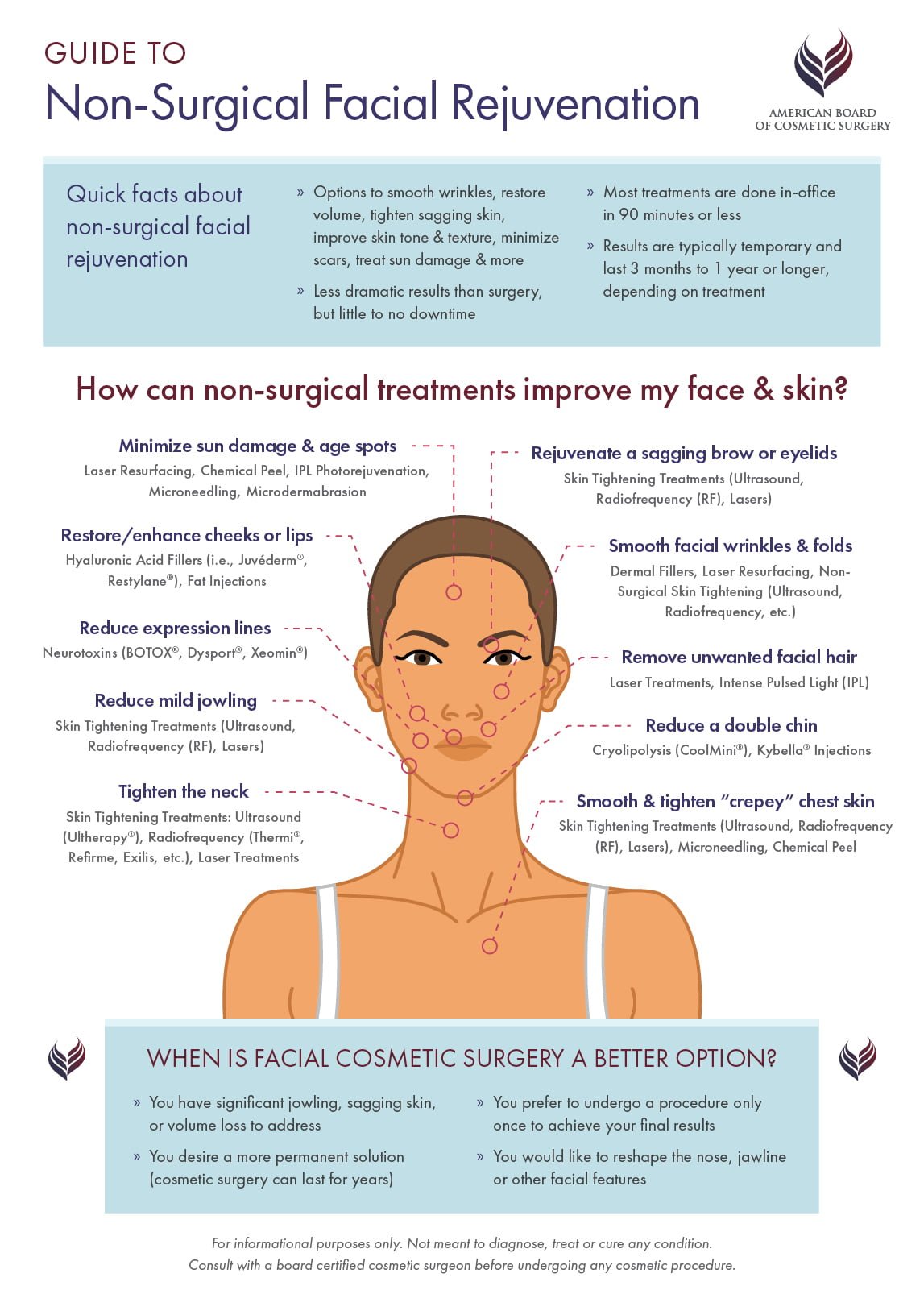Do Toners Help Reduce Acne
Do Toners Help Reduce Acne
Blog Article
Acne Scars and Post-Acne Care
Acne marks and dark marks can stay even after the acne itself has gotten rid of. However there are numerous all-natural, over the counter and medical therapies that can decrease their appearance.
Ice pick scars are tiny indentations that resemble pinpricks; rolling scars have a wave-like appearance and shallow deepness; boxcar marks have clear sides; hypertrophic marks are elevated bumps. Therapies consist of skin needling, where your medical professional rolls a needle-studded tool over the skin; and medical excision, when a medical care specialist remove deep marks.
1. Scrub
Acne marks discolor best when they aren't covered with dead skin cells. Peeling eliminates the accumulation and enables fresh skin cells to find to the surface. It likewise makes acne scars less noticeable.
A dermatologist can recommend peeling approaches for your details skin kind. Dry skin might take advantage of peeling with scrubs or other mechanical techniques, while oily skin may need a chemical peel. Those with darker complexion require to be mindful utilizing stronger chemical treatments, as they can cause dark spots and level of sensitivity.
If you have acne marks, prevent choosing or squeezing at them, which can make them worse. Inflammation caused by irritation increases the opportunity of scarring. Selecting can leave ice-pick marks, which are narrow indentations with a point at the end. You can additionally obtain boxcar marks, which are imprints with larger edges. You can additionally create hypertrophic or keloid marks. These are increased bumps of scar cells that can be scratchy and agonizing.
2. Moisturize
After completing your acne therapy, maintaining skin clear and healthy and balanced requires a consistent skin care regimen that safeguards from breakouts and reduces post-acne marks. This consists of a gentle cleanser and moisturizer, non-comedogenic items that do not block pores, and avoiding foods that aggravate skin or trigger acne flare-ups.
Making use of a lightweight, non-comedogenic moisturizer with active ingredients like hyaluronic acid and glycerin can assist moisturize skin while also boosting skin structure and promoting healing. Seek an item that is formulated without scent or parabens.
An item that targets remaining acne marks with ingredients such as skin-brightening tranexamic acid and bakuchiol can boost dark areas or uneven tone brought on by swelling. It gently resurfaces the skin while smoothing harsh and textured locations. An item that combines a retinoid and a plant-based retinol choice can likewise improve the look of deeper scars while all at once targeting existing acnes and preventing future outbreaks.
3. Cover
Once your acne marks recover, you can hide them with make-up and a concealer. Just see to it you're just applying the item over scars that are totally healed (not fresh ones), claims Sotomayor. After that, finish your appearance with a bold lip shade or statement smoky eye shadow for maximum effect.
When it concerns picking a foundation or tinted cream, it is essential to select one that is noncomedogenic and oil-free. This will help maintain your skin clear and prevent the obstructing of pores that can result in brand-new breakouts.
The very same opts for selecting a concealer. Try to find a formula that offers complete coverage yet still feels light-weight and blendable on the skin. Also, when hiding imprints from acne marks, it's a good concept to find a shade that matches your natural complexion (rather than a color lighter or darker). This will assist conceal the indents better. This nourishing balm is an exceptional option for lightening up and lightening post-inflammatory hyperpigmentation, which can be caused by acne or microneedling near me other inflammatory skin disease. It includes moistening panthenol, softening shea butter and enhancing peptides that lower redness and flaky texture.
4. See Your Skin specialist
The marks that develop from extreme acne frequently call for treatment by a physician or dermatologist. Before that can happen, though, a person should have their acne in control. This includes not choosing or pressing acne spots, and utilizing mild cleansers and water-based non-comedogenic products that will not obstruct pores.
If drugstore cleansers and area therapies aren't clearing your skin, routine a consultation with a skin specialist. The skin doctor can recommend other therapies that help clear your skin without drying it out or annoying it.
A skin doctor can also deal with various other kinds of post-acne marks, consisting of dark places that are a type of hyperpigmentation called PIH (post-inflammatory hyperpigmentation). A topical retinoid like adapalene can visibly lighten these marks and discolor them promptly. For other kinds of marks, the doctor can suggest a much more extensive treatment. This might consist of microdermabrasion or chemical peels off that are done right in the office. Depending on the intensity of your marks, these treatments may require to be duplicated.